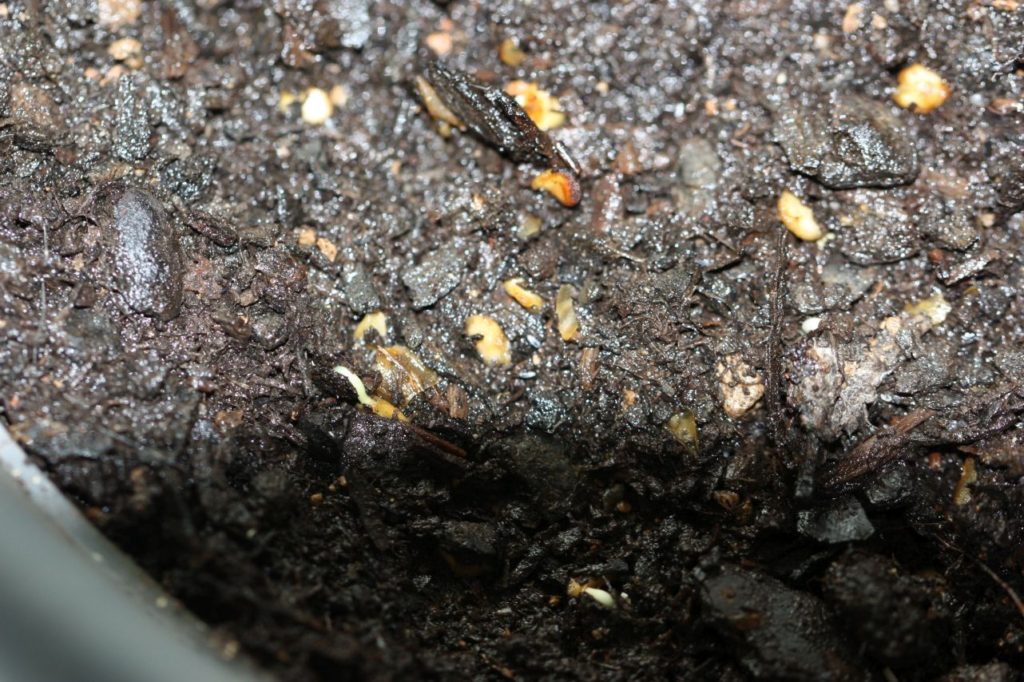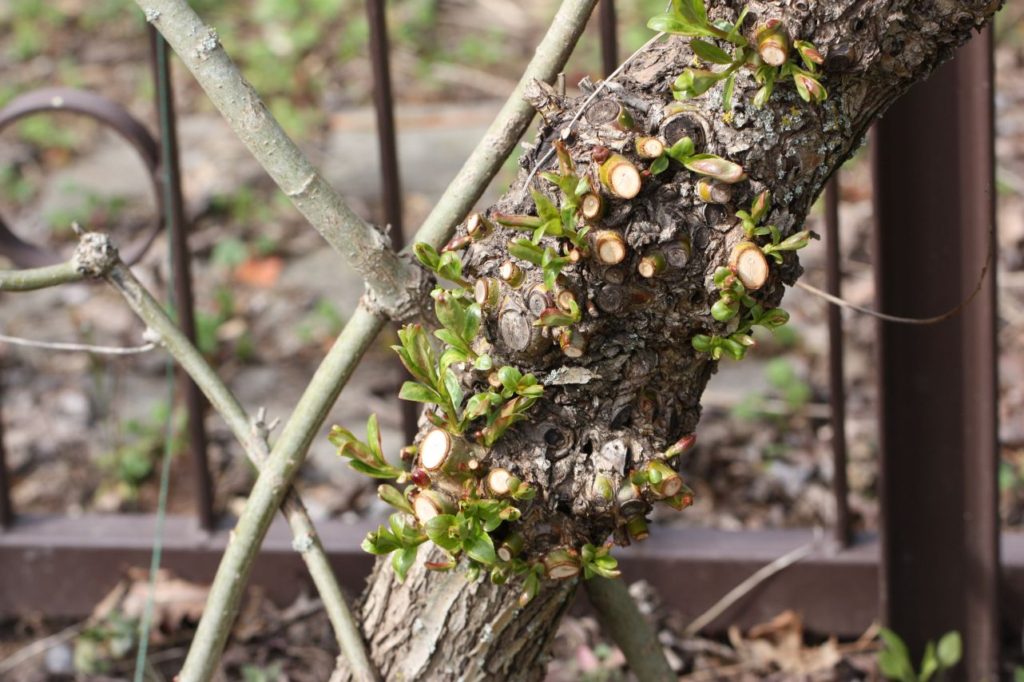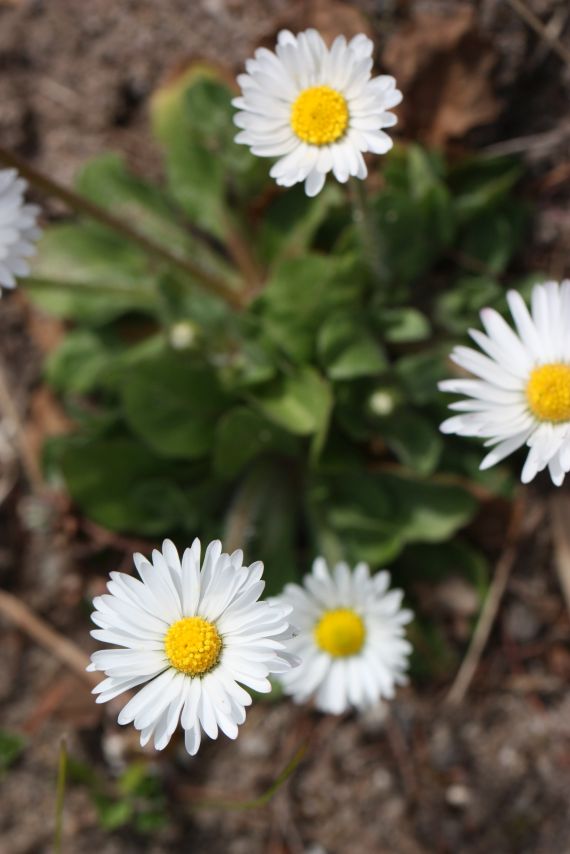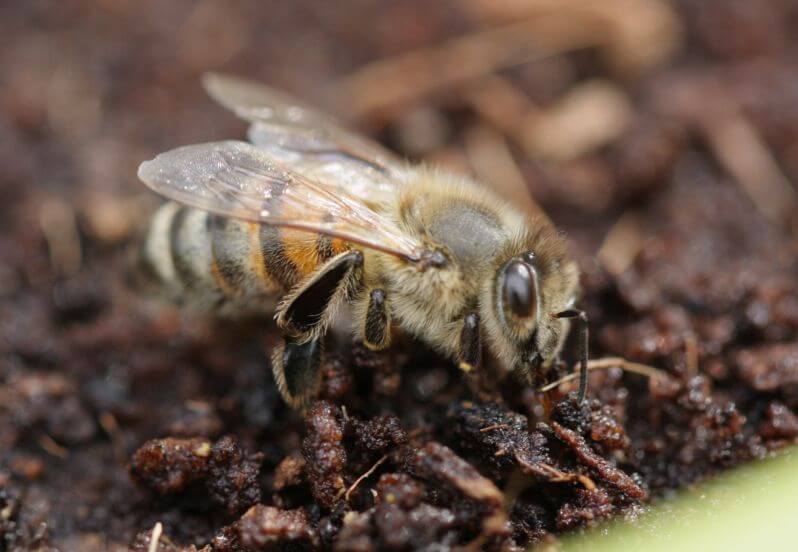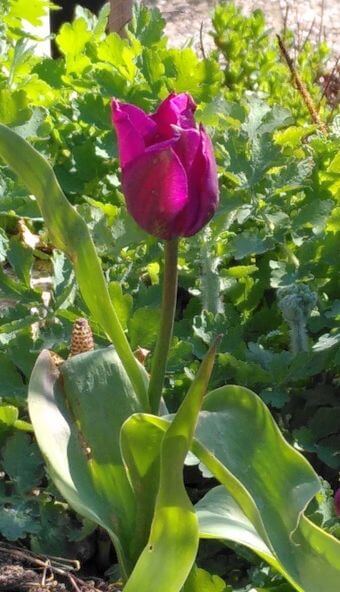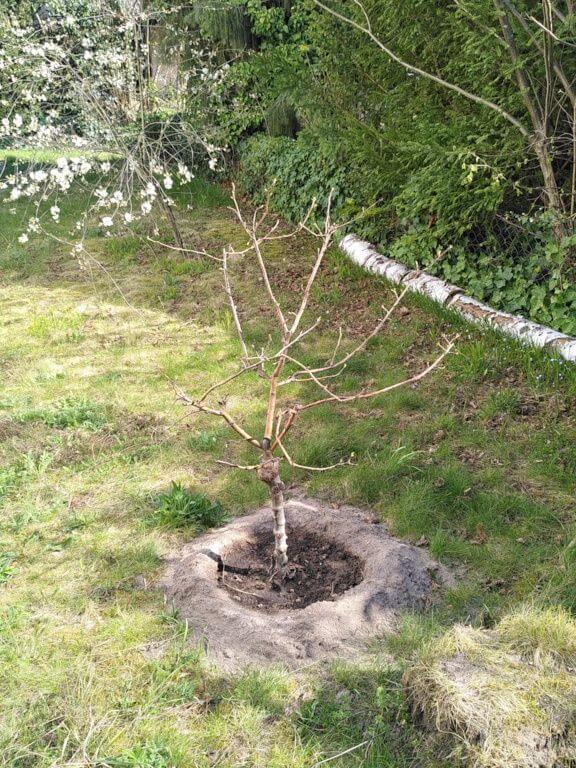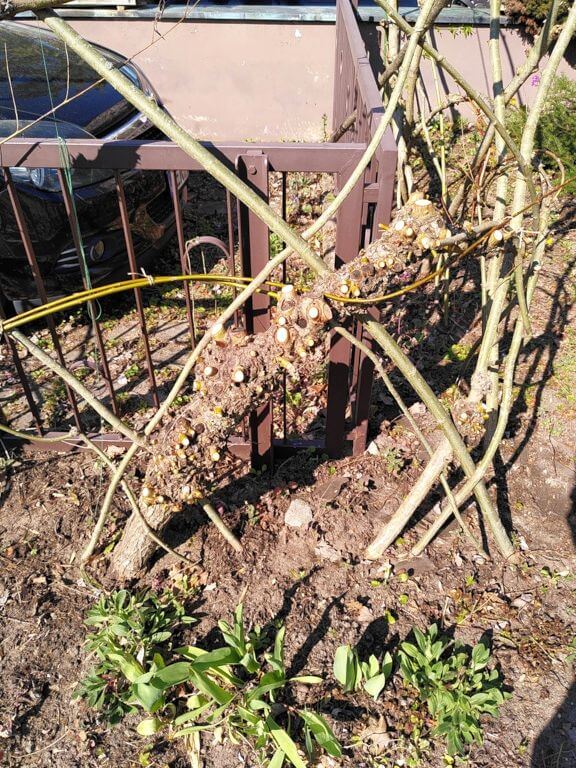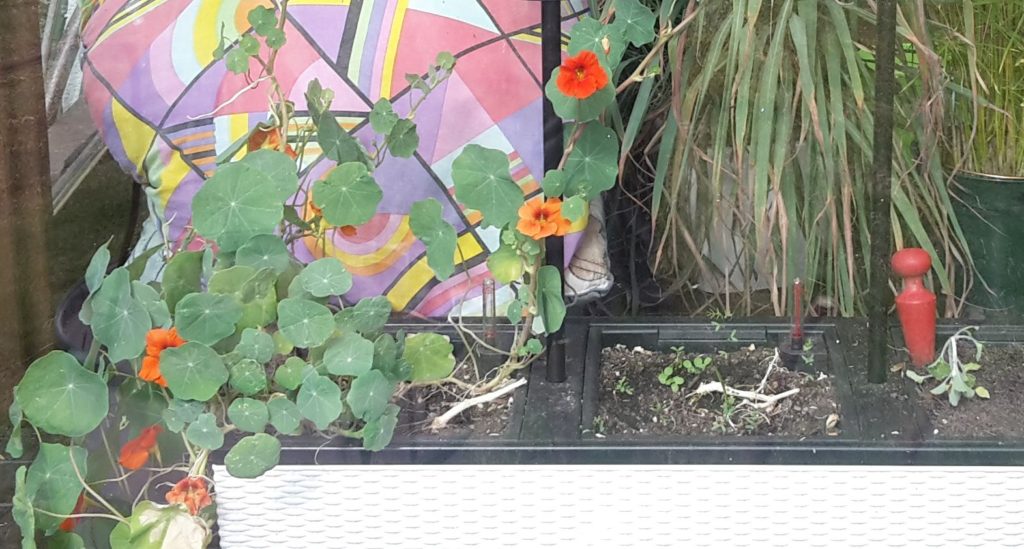This is what happens if you don't realise that this kind of flower (Bleiwurz) is not too resistant against frost:
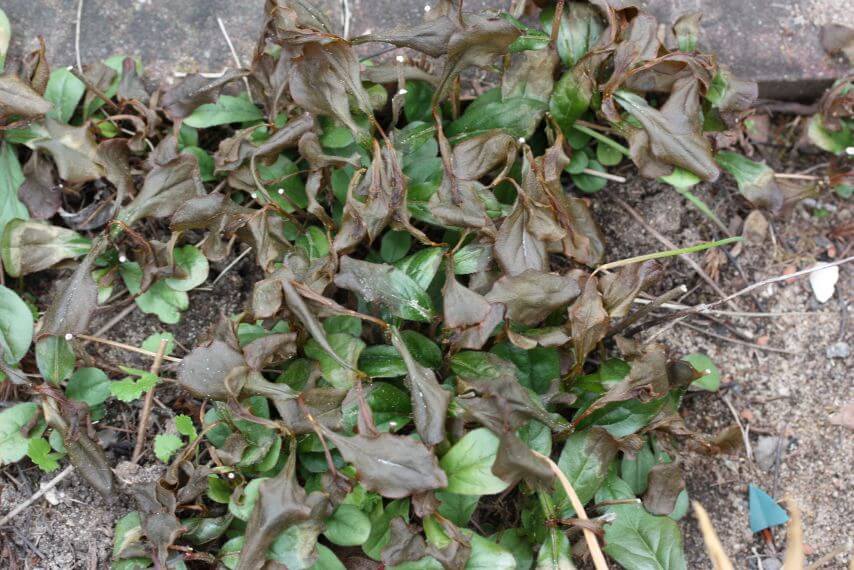
I can't remember seeing them freeze spectacularly like this in autumn, so possibly it was just the time of year. They'll recover, though, and they still have some time to do so until they are scheduled to bloom.
I did take care to cover the fig for the last few nights, to protect them against the Ice Saints. Which is very important, because:
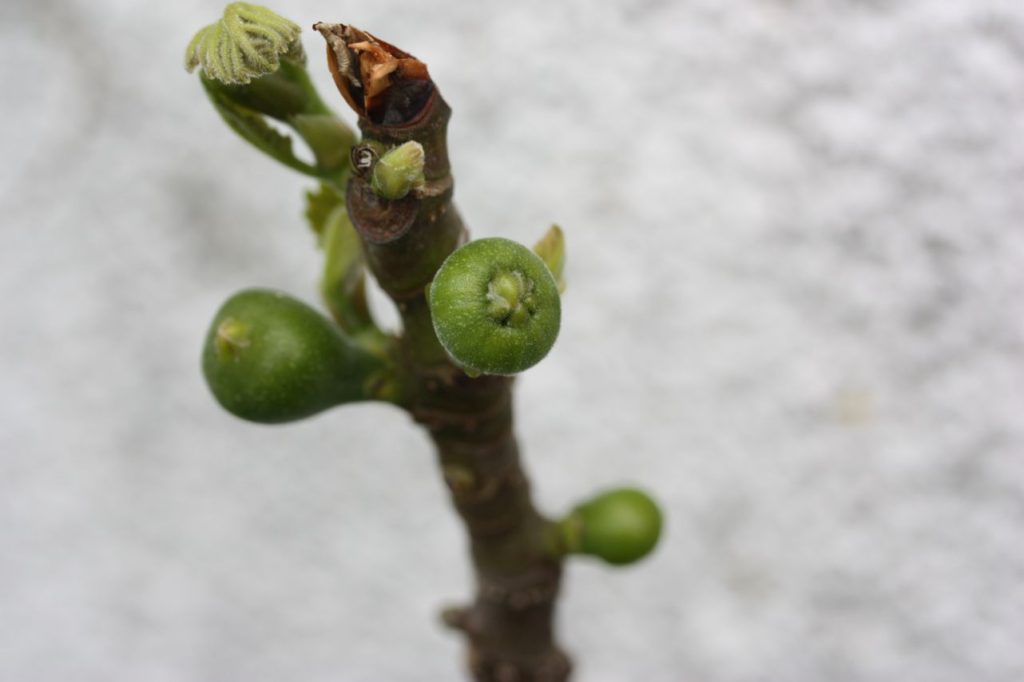
Figs!
There's also the first tomatoes hanging around in the winter garden. The plant is from last year, which explains why it's already working on fruit:

I managed to get another tomato plant through the winter as well, but since it didn't really get going, I finally threw it out. This one, though... definitely a keeper, if it will keep.
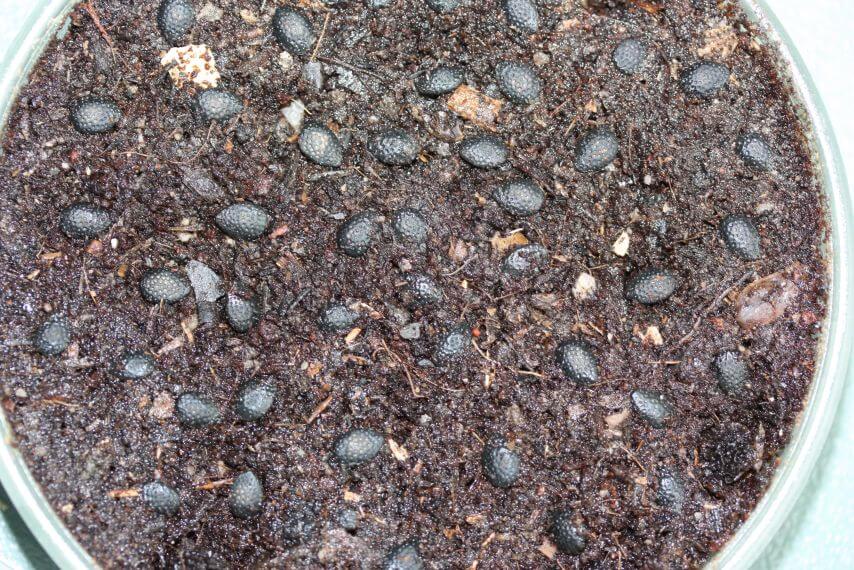
I have also finally done what I've been thinking about for years now: Try and raise some passionflower plants. They have beautiful flowers, and I find the fruit quite tasty. Our supermarket happened to have some purple passionfruit... so now I'm waiting for the seeds to germinate. Which can take a few weeks, according to the internet. We'll see!

I can't remember seeing them freeze spectacularly like this in autumn, so possibly it was just the time of year. They'll recover, though, and they still have some time to do so until they are scheduled to bloom.
I did take care to cover the fig for the last few nights, to protect them against the Ice Saints. Which is very important, because:

Figs!
There's also the first tomatoes hanging around in the winter garden. The plant is from last year, which explains why it's already working on fruit:

I managed to get another tomato plant through the winter as well, but since it didn't really get going, I finally threw it out. This one, though... definitely a keeper, if it will keep.

I have also finally done what I've been thinking about for years now: Try and raise some passionflower plants. They have beautiful flowers, and I find the fruit quite tasty. Our supermarket happened to have some purple passionfruit... so now I'm waiting for the seeds to germinate. Which can take a few weeks, according to the internet. We'll see!




